Spring-Wiser Nutrition - Western States Race Report

by Abby Hall
The reason ultrarunning is fascinating to me isn’t just the effort required for the grand task at hand – it’s the fickle art of managing a thousand tiny things. I used to think this fickle art could be grouped into straightforward buckets like mental, physical and tactical. But the longer I do this sport, the more I realize how intertwined each of those categories really are. Most of all, it seems like each category is destined for failure if nutrition doesn’t go well.
I’ve been running ultras for about five years now, and it seems each race has a new thing to teach me. At first, the lessons were big and fundamental, like learning how to breathe well and power hike. But it seems as I progress in my path, the lessons are more intricate. Becoming my best requires paying meticulous attention to each detail in order to execute a strong race.
The Path to Western States Endurance Run – Golden Ticket at the Canyons 100k
I signed up for the Canyons 100k at the start of April, feeling a pull to go compete in a strong field as it’s where I always learn the most. On my shakeout run in Michigan Bluff the day before the race, I felt the energy of all those who came before me. The Western States Trail! The rich history of our sport has so many deep roots here, I could trip over them if I wasn’t careful. I decided the day before the race that I’d take a Golden Ticket if I found myself in that position.
I ran a smart, strong race that weekend and took 2nd place to Beth Pascall who would go on to win the 2021 Western States 100. I knew the next nine weeks would be a crash course in prepping for the most legendary ultra in the USA, so I buckled in for the brief, but arduous ride ahead.

Practice To Fuel Like A Race Day
A pretty notable asterisk in my acceptance of this Golden Ticket was that my previous 100-mile finishes had been disasters (though each time, I was immensely proud to have still completed the task.) I’d finished the Leadville 100 twice and a key mistake both years had been improper fueling, which of course created a myriad of issues. This time around, I understood that success at the 100-mile distance would require mastering my race day nutrition.
Kara Goucher has said before, "You can't do in a race what you haven't prepared for.” So, I focused on making my training as race specific as possible. My long runs were long, often ending at the sauna to prepare for the hot canyons I’d be facing on race day, and my drawers were full of Spring Energy. On race day, I’d be eating 100 calories every 30 minutes, so that’s exactly what I did in every run longer than 60 minutes. This meant on 6-8 hour runs, I’d be consuming upwards of 1600-2000 calories.
It’s Cool to Fuel
I sorted my absurd volume of gels in my kitchen drawer by flavor, making it easy to grab what I needed for each run – Canaberry, Hill Aid, Long Haul and Awesome Sauce. On my weekend long runs, I’d park my truck somewhere where it could serve as my own little aid station, adding in Coca-Cola, cold-soaked ramen, Oreo-style cookies and Wolfpack into the mix.

I trained my legs to handle the miles and I trained my gut to handle the calories. I repeated my little training mantra, it’s COOL TO FUEL! There was no scenario in which I’d decline calories. By having more than enough gels in my special little fuel drawer at home, I was never stingy about taking another with just a few miles to go, or taking one in between the run and the sauna. Like clockwork, every 30 minutes of a run, my mind and body learned it was time to eat.
All too often in the ultrarunning world, I’m shocked at how few calories folks will consume in training. Most athletes understand the importance of eating the rest of the day, but it doesn’t take much browsing on Strava to find activity descriptions that read something like, “Long run, ate 1 gel, felt super wrecked by the end.”
I used to only bring proper calories for race day, leaving my training day calories to just a gel or two on long runs. It’s simple math that our bodies need to replace what they’re spending to carry us these long distances. It’s not a sign of weakness to eat more during your run; it’s a sign of respect. Training merits proper fueling just like race day does. I recover faster and feel stronger in training and on race day as a result.
Race Day
Race day came and I was excited to bring my training and meticulous preparation to the big stage. My goal was to run a tactical race from behind, rooted in consistent fueling and heat management, and to steadily move up in the field all day. On race day, I went out too conservatively and found myself in no-person’s land. By the time the heat of the day had set in, I didn’t have the legs to make the moves in the field I hoped I could.
I’m a big believer in self-responsibility – I’ve had as many bad races as I have good ones. Taking responsibility for the execution of my races allows me to feel like I have the power to become better – that it’s not just the winds of chance fatefully deciding for me. There are parts of my race that went well and parts to learn from.
What Went Right
Nutrition was a key part of what went right for me at Western States. I ate 100 calories of Spring gel every 30 minutes for 22 hours and 11 minutes, and took 14th place in a legendary field of women.
Stomaching steady, balanced nutrition during my training and racing is a skill I feel confident in for my races moving forward. And in a sport where there’s so many details to learn and manage, that feels like a good one to have worked through. It’s cool to fuel, and it’s cool to stick with it, try big things and improve at the process. That’s why we do this thing, after all.
Abby Hall

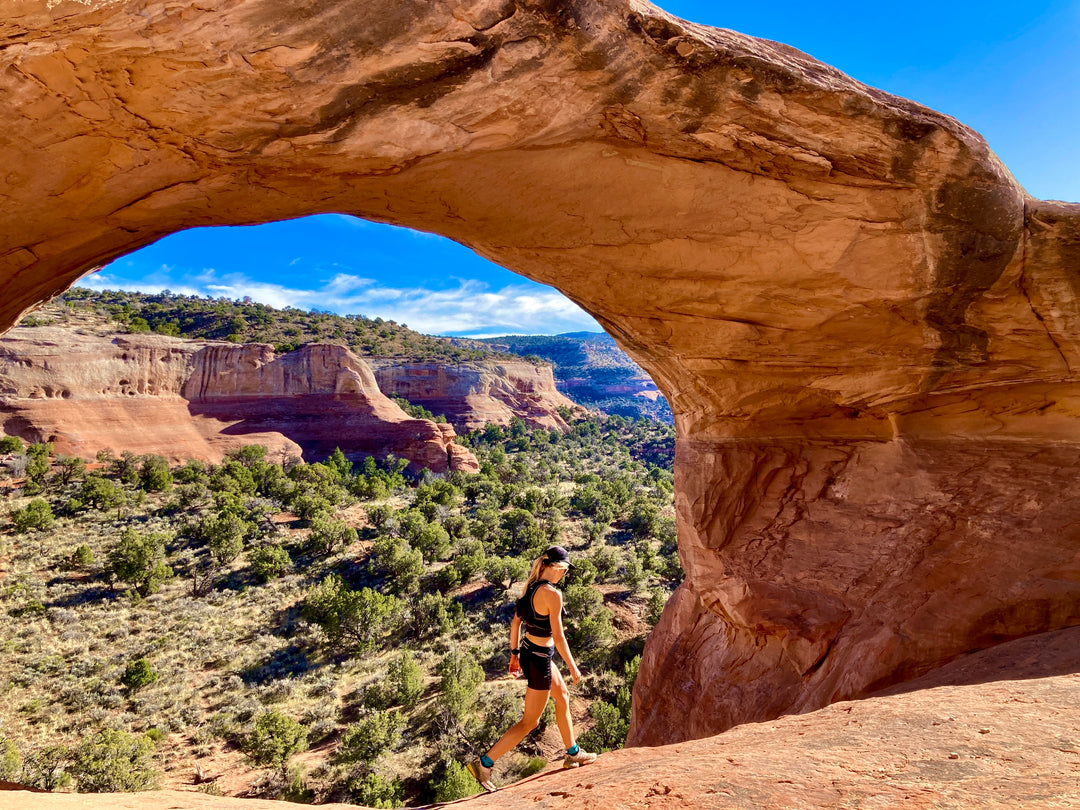
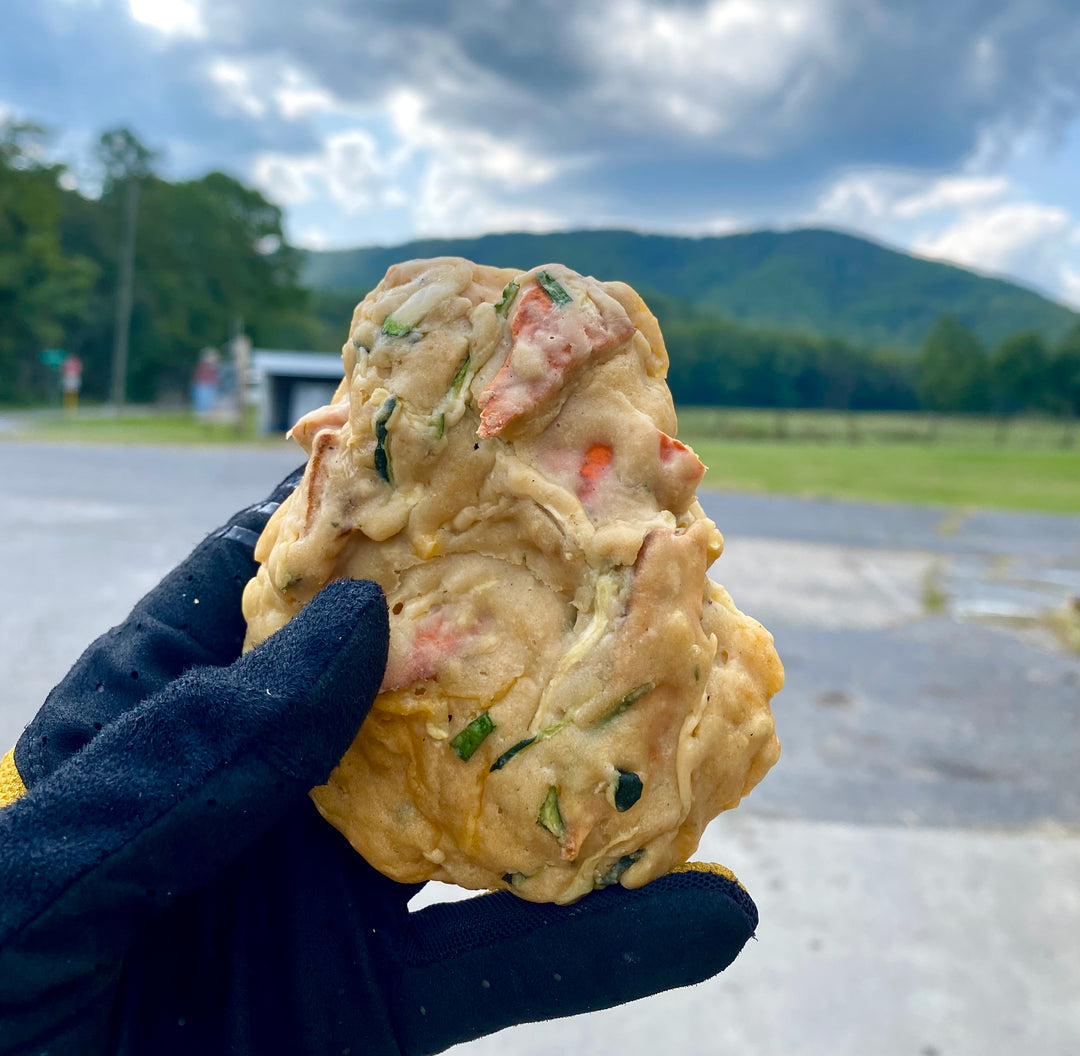
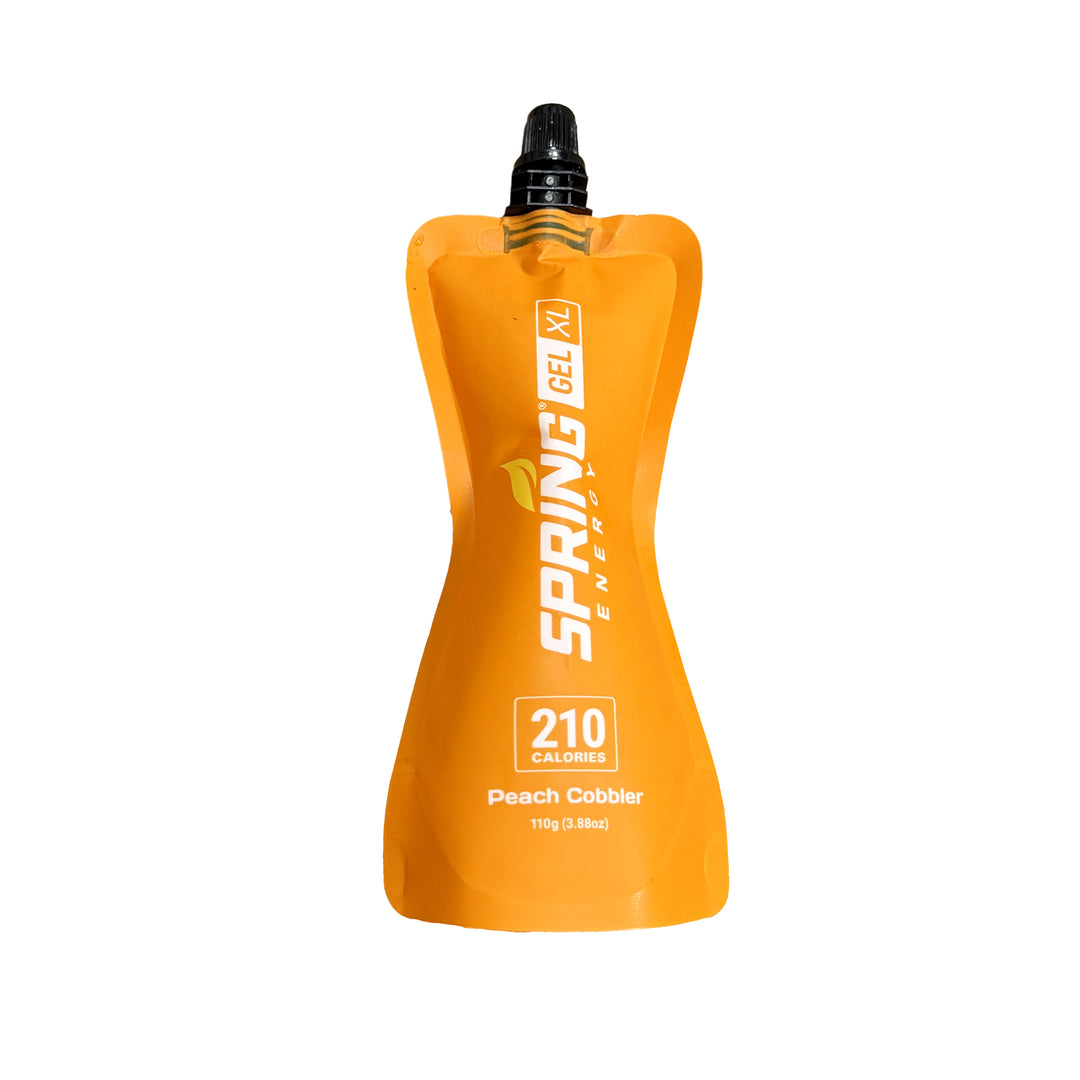
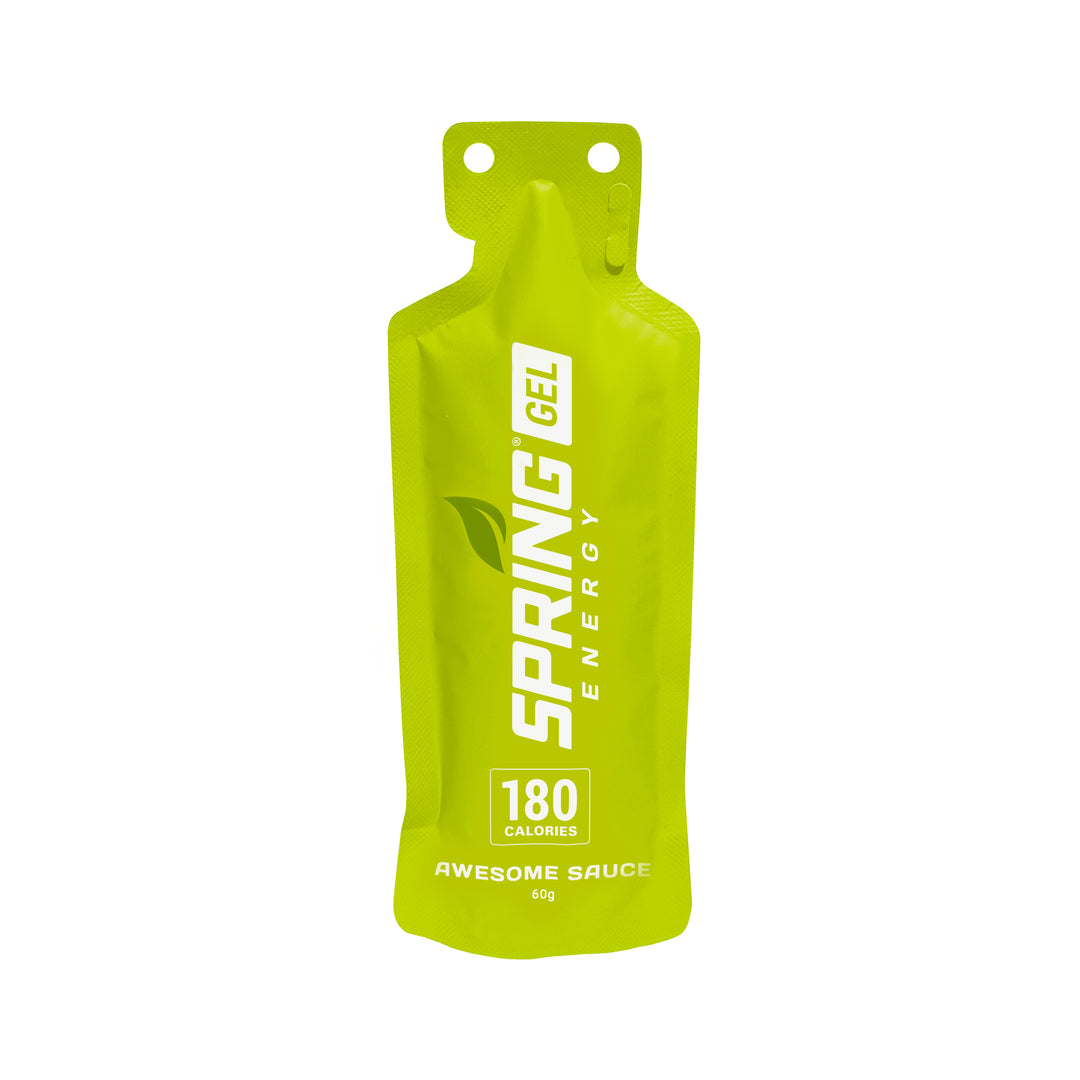
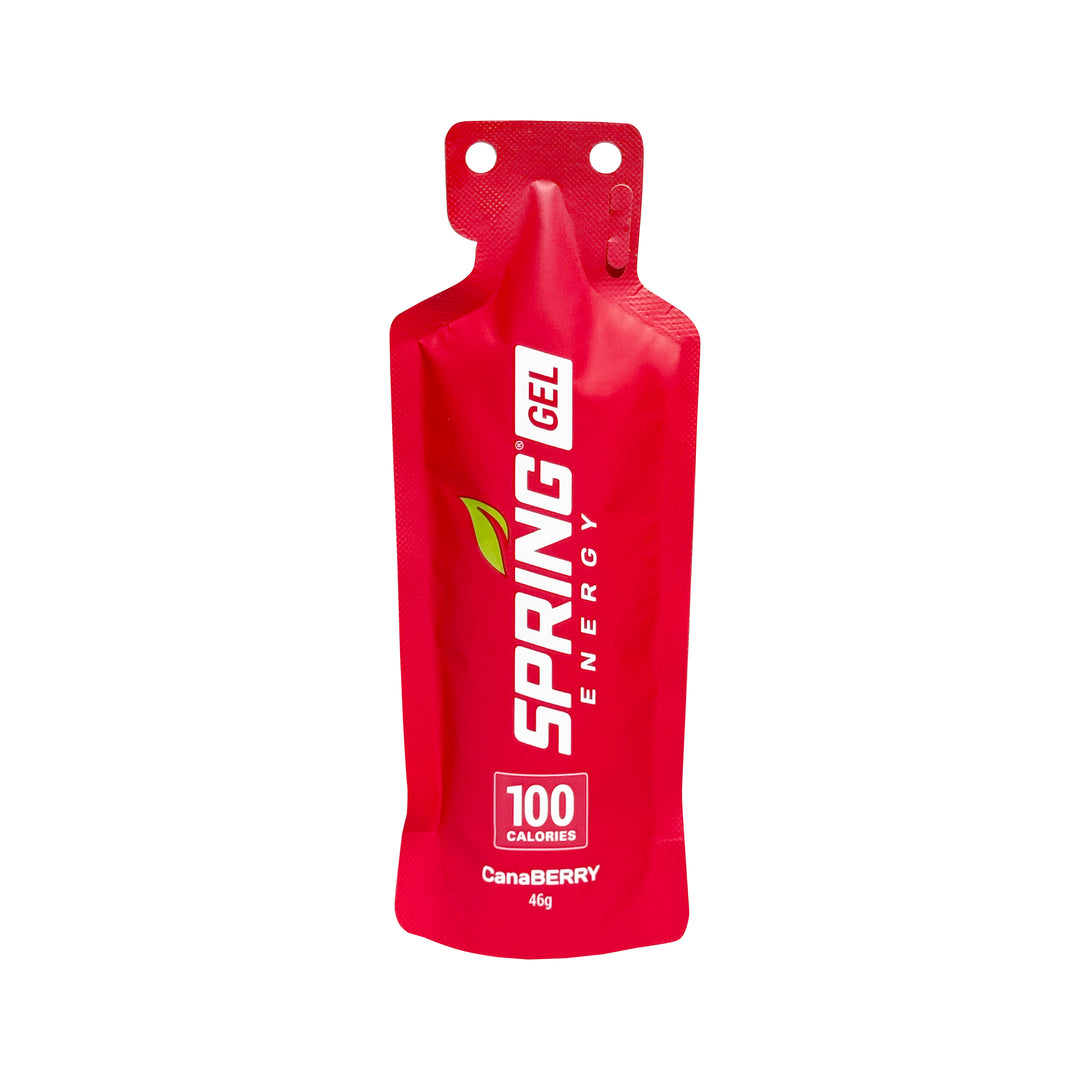
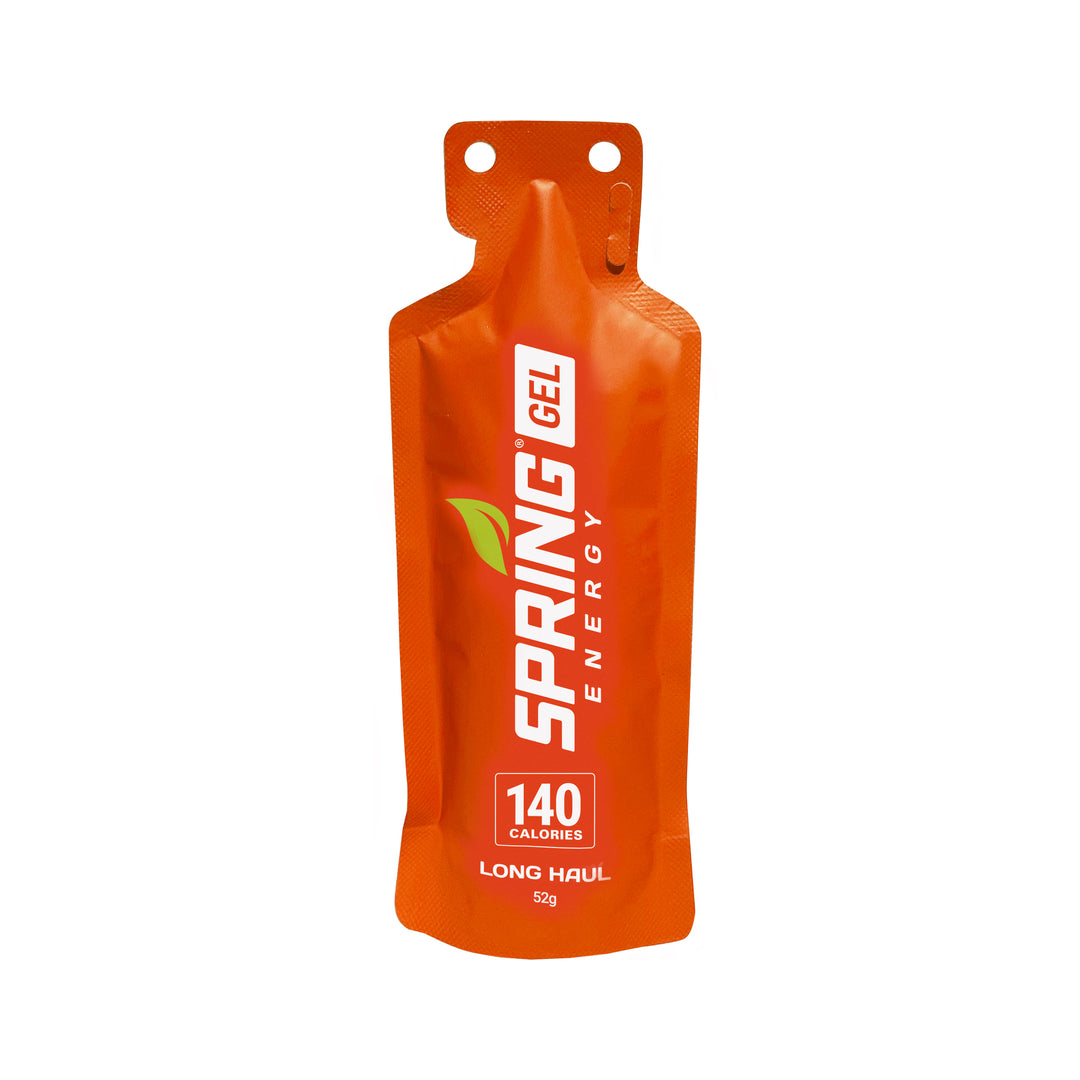
Leave a comment